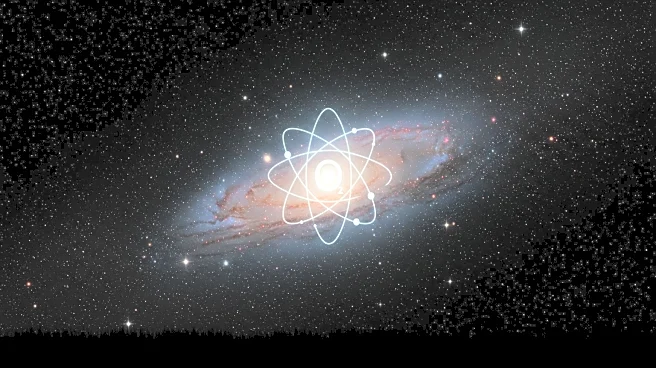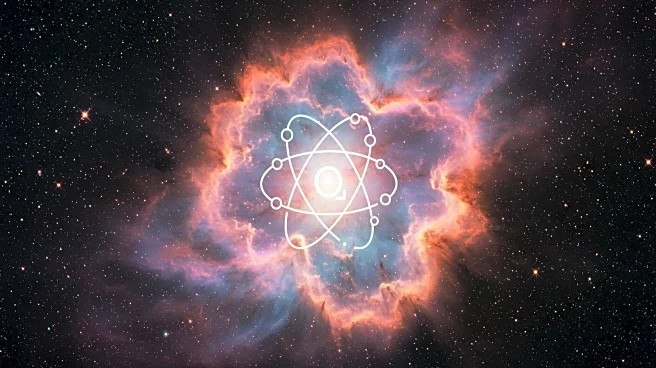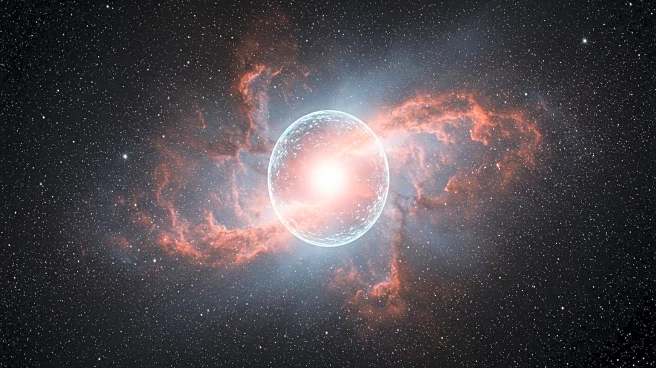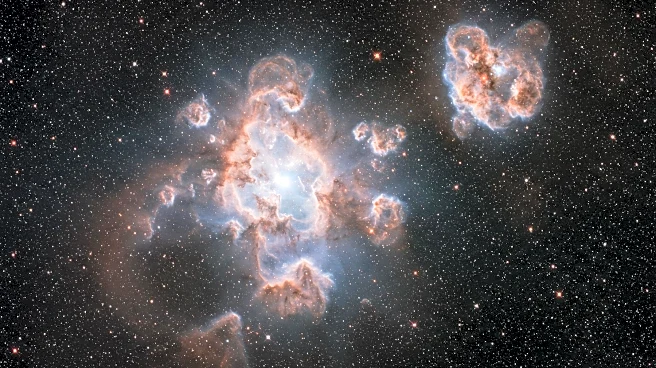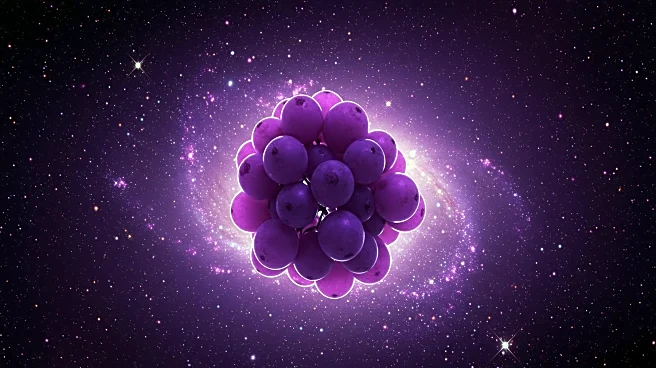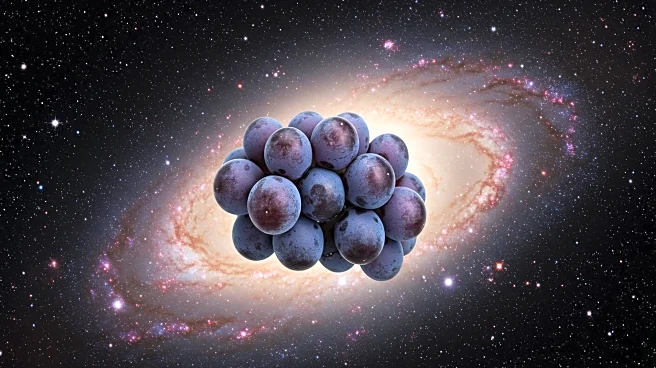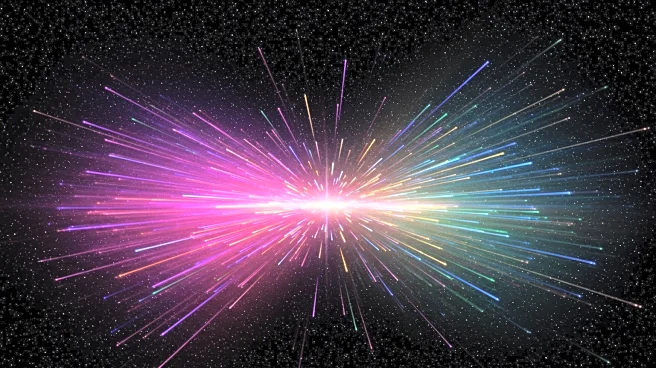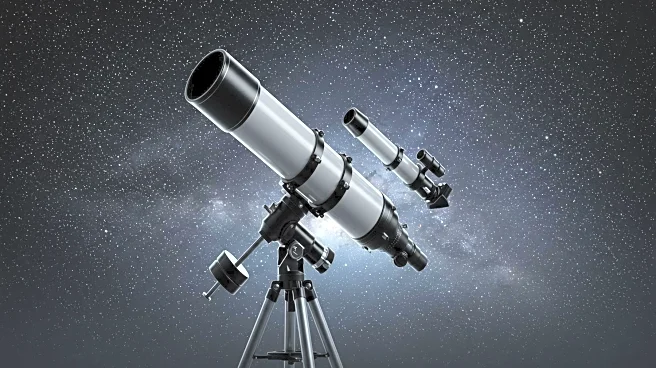What is the story about?
What's Happening?
Astronomers using the Atacama Large Millimeter/submillimeter Array (ALMA) have detected oxygen in the distant galaxy JADES-GS-z14-0, which is 13.4 billion light-years away. This discovery suggests that the galaxy, existing just 300 million years after the Big Bang, contains elements heavier than helium, indicating at least two generations of stars have lived and died. The presence of oxygen challenges existing models of cosmic evolution, which predicted such chemical maturity would occur much later.
Why It's Important?
The detection of oxygen in such an early galaxy forces a reevaluation of current models of galaxy formation and chemical evolution. It suggests that galaxies may have formed and evolved more rapidly than previously thought, with implications for understanding the early universe's structure and the processes that led to the formation of stars and galaxies. This discovery could lead to new theories about the rate of star formation and the efficiency of material cycling in the early universe, impacting our understanding of cosmic history.
What's Next?
Future observations with the James Webb Space Telescope and further ALMA studies aim to explore other elements in JADES-GS-z14-0 and similar galaxies. These efforts will help determine whether this galaxy is an anomaly or part of a broader pattern, potentially leading to significant revisions in our understanding of early cosmic timelines and the processes driving galaxy evolution.
AI Generated Content
Do you find this article useful?
